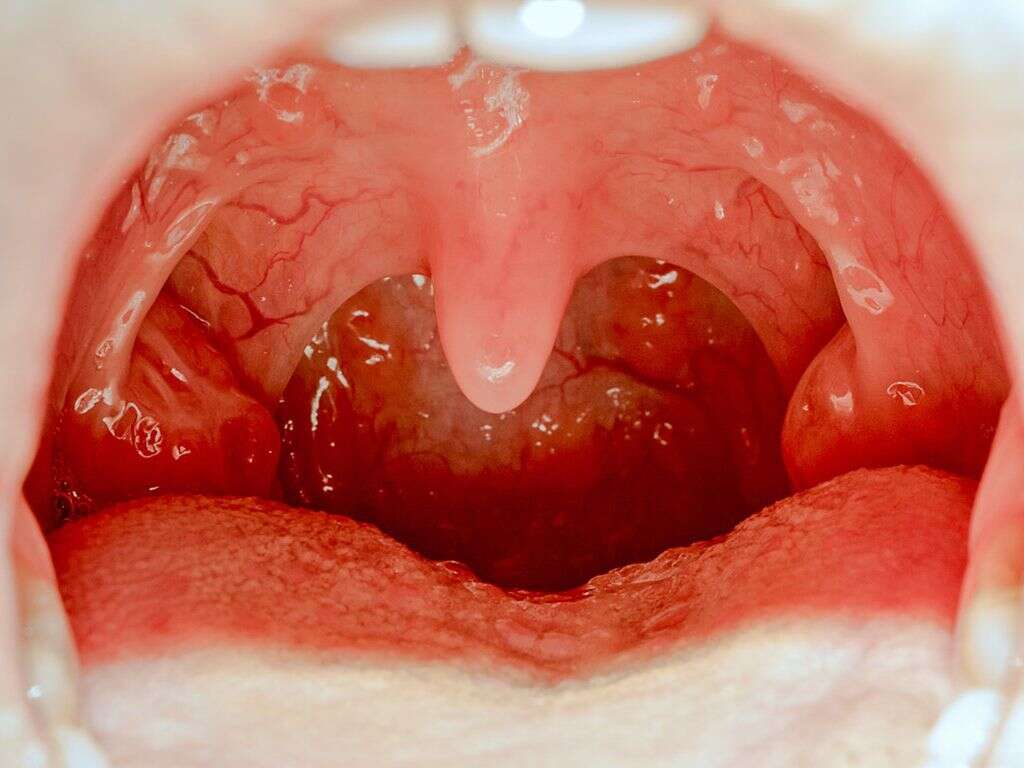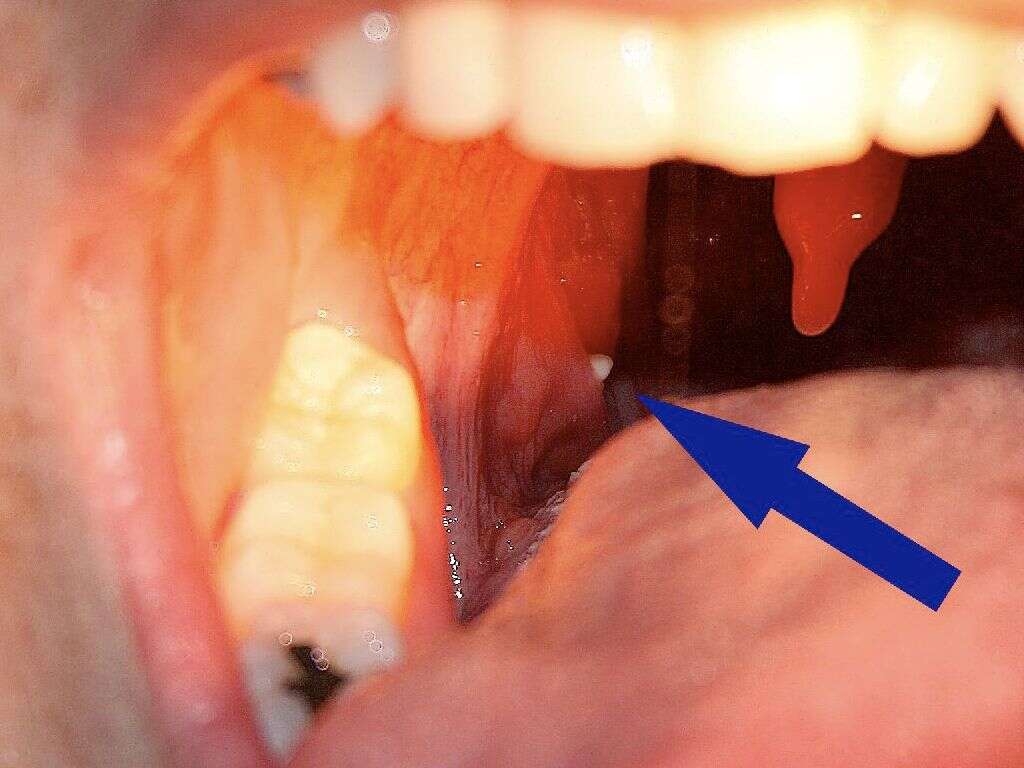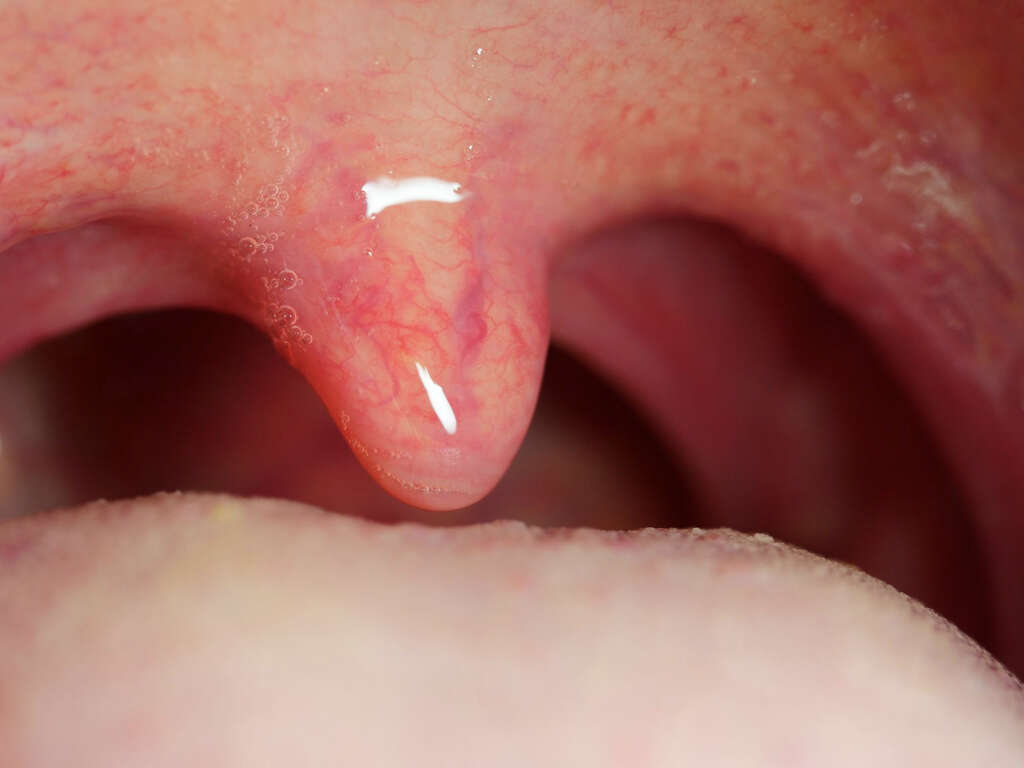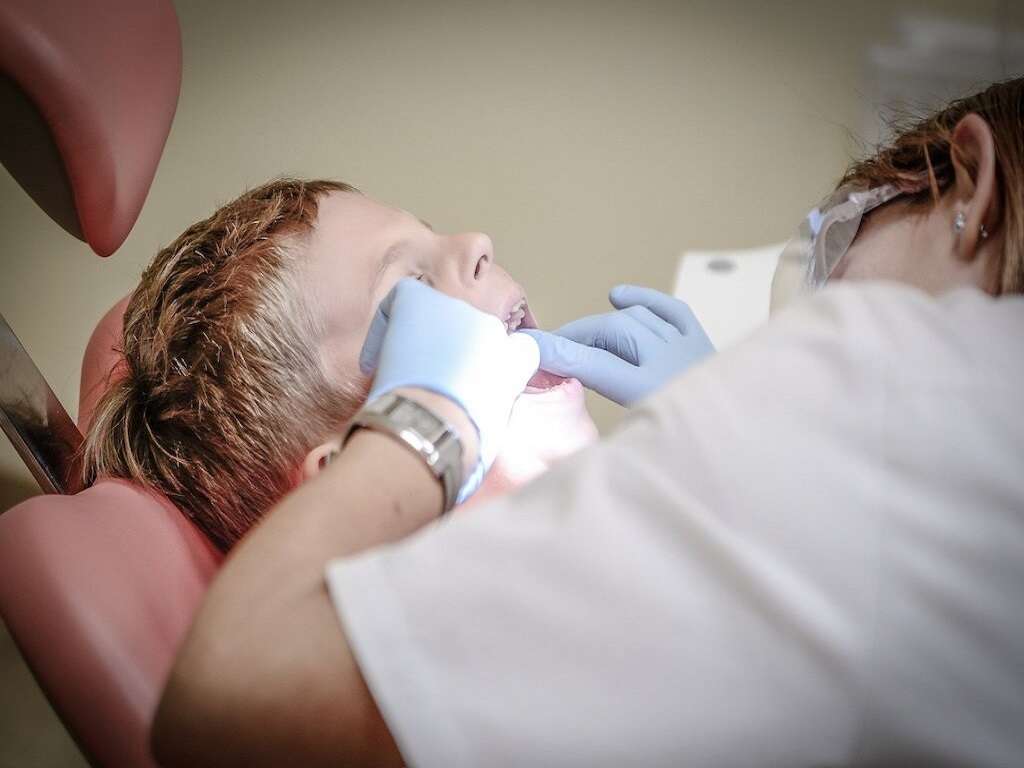What Do Tonsils Do?
Tonsils are a part of the body that most of us have at least heard about. This is partly because complications with the tonsils are very common. As a result, many people would have had them removed when they were younger to help prevent further problems arising.
Our tonsils do have a function in the body, but they are not essential and we can live without them. We don’t usually notice they are even there but, when problems do arise, they can be very noticeable indeed. They help to protect our bodies from pathogens that can do us harm, but they can become quite ill themselves.
1. Tonsils
As we breathe in air and eat food, we will also potentially be taking in pathogens. These pathogens can be dangerous to us but, thankfully, we have protections in place that help to keep us as safe as possible. This is the natural immune system, and the tonsils are a part of this system. If you look in your mouth, you will see two fleshy lumps at the back of the mouth and on either side. These are the tonsils, and they have the task of catching pathogens to help prevent them from reaching the rest of the body. In addition to catching pathogens, tonsils have also evolved to help destroy them.
2. Adenoids
While we are able to breathe through our mouths, we can also breathe through our noses. This presents some similar potential problems to breathing through our mouths, the pertinent one being the inhalation of pathogens and other unwanted particles. To help overcome this, the nose has an area of tissue that is similar to the tonsils, and this is known as the adenoids.
They do the same job of trapping and destroying pathogens. The adenoids stop growing when we are between 3 and 7 years of age, and they are usually quite difficult to see. An expert will likely need specialized equipment to be able to look at them.
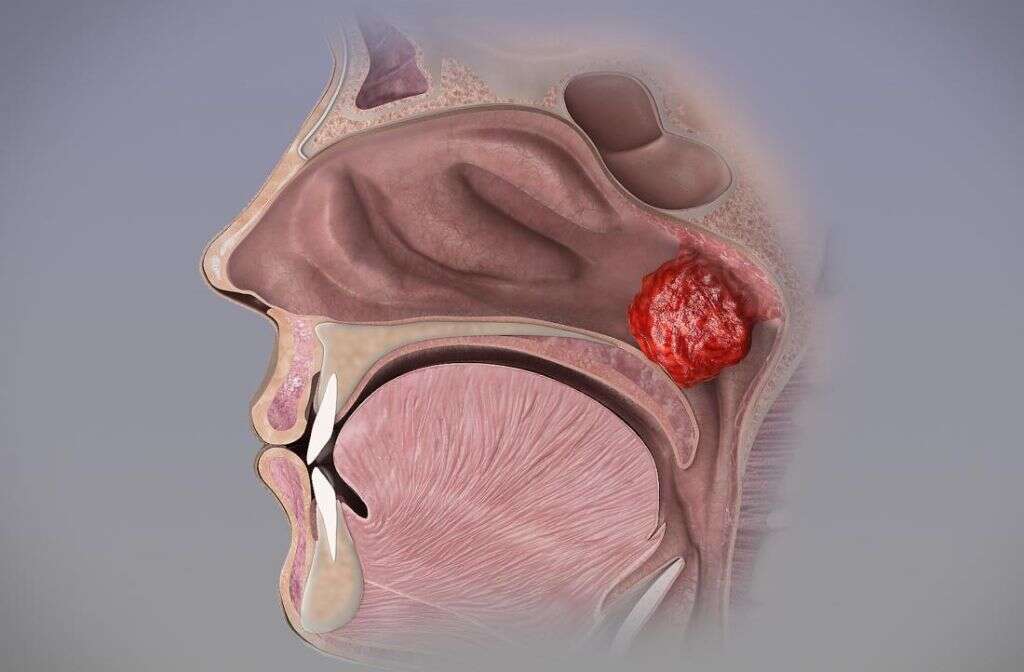
3. Palatine Tonsils
We actually have 3 different types of tonsils. One of these is the adenoids that have already been described here. The other two types are both found in the mouth. At the back of the throat and on the sides are the most visible type: the palatine tonsils. In the mouth, there are also the lingual tonsils.
These are found at the back of the mouth behind the tongue, but they are not as visible as the palatine tonsils. In order to be able to see the lingual tonsils, your doctor may need to used a tool to move the tongue out of the way first.
4. Uvula
The uvula is the piece of loose flesh that you can clearly see hanging down from the top of the mouth at the back of the throat. This is sometimes mistaken for the tonsils to those that are not aware, but the uvula performs a very different function.
One of the main functions of the uvula is to help close off the nasopharynx when eating and drinking to help prevent food and drink going into the nasal canal. It also helps to produce saliva that helps with chewing and swallowing, among other things, and it is also used quite a lot when talking in some languages.

5. Expendable
Tonsils are not important for our well-being; they help to keep us safe when were younger but we are able to do just fine without them. Indeed, the tonsils in people who have passed their teenage years will often begin to shrink. Some people will find that their tonsils disappear altogether.
This makes it an easy decision to have the tonsils removed if deemed necessary. Despite it being a fairly simple procedure, however, medical professionals now tend to be more reluctant. This is because of the discomfort it causes the patient, and that there is always a chance of complications arising.
6. Tonsillitis
Tonsillitis is a relatively common condition. It occurs when the tonsils become overloaded with pathogens meaning that an infection takes hold. It is sometimes caused by bacteria but usually the condition is caused by a virus. The main symptom of tonsillitis is a sore throat, and it is often sore enough to make it difficult for the patient to swallow.
In addition, the patient can have a fever, nausea, headache, fatigue, and swollen neck glands. The swollen neck glands are the lymph nodes that are a part of the immune system. The patient will also sometimes have a cough, and this can aggravate the sore throat further.

7. Tonsillectomy
A tonsillectomy is an operation that involves removing the tonsils while some people will need an adenoidectomy (removal of the adenoids). Tonsillectomies are usually only performed when the patient experiences a regular recurrence of conditions like tonsillitis.
The operation is performed under a general anesthetic and is a fairly quick procedure, although the patient may be observed in the hospital for up to 8 hours post surgery and longer if there are complications. The patient will be feeling quite sore after the procedure, but the pain will begin to clear in a few days or so. Enduring the procedure has the bonus that the patient will not get tonsillitis in the future.
8. Quinsy
Quinsy, also known as a peritonsillar abscess, is a condition where an abscess will form next to the tonsils. The abscess is caused by a bacterial infection and there will usually only be an abscess on one side. Quinsy will often occur just after tonsillitis, but it can also arise without tonsillitis having been present.
The affected tonsil will often become very painful and the condition is very painful. It will also cause a number of other unwelcome symptoms. Treatment will usually involve antibiotics to combat the bacteria causing the infection, and minor surgery will often be needed to drain the abscess.
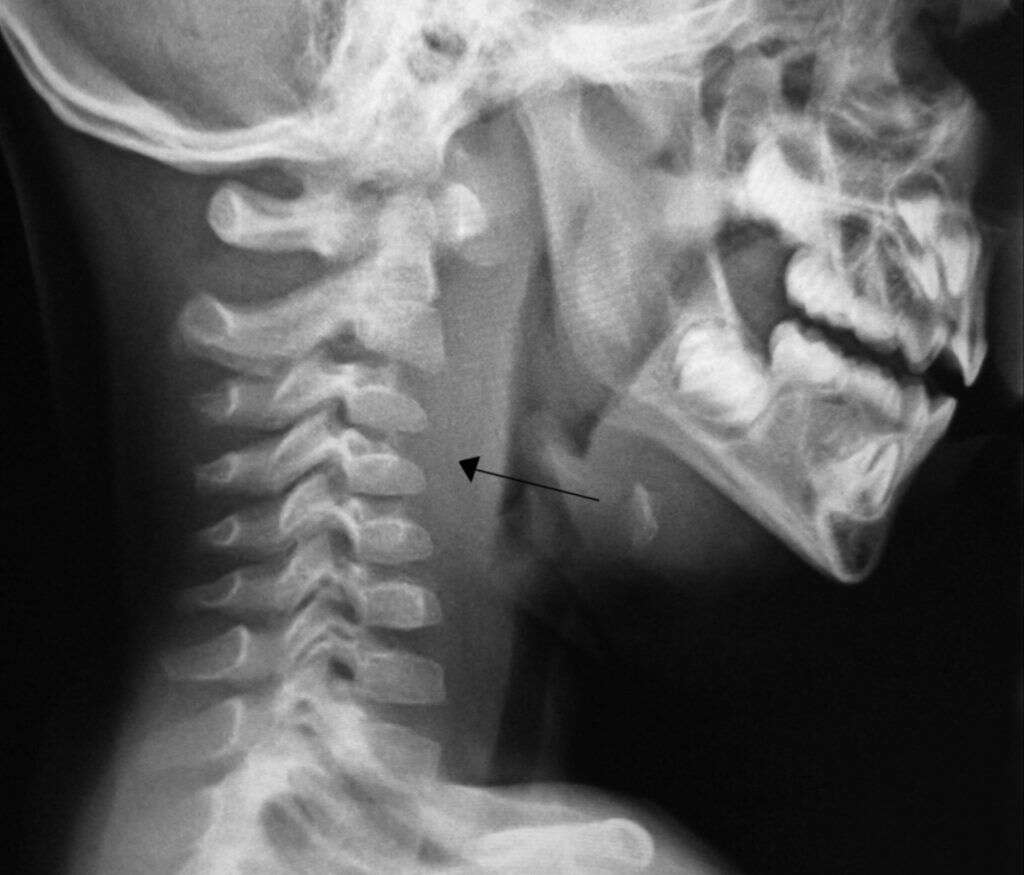
9. Glandular Fever
Glandular fever, also known as infectious mononucleosis, is an infection that is caused by the Epstein-Barr virus. It mostly affects young adults, but people of all ages can be affected. There is no way to treat glandular fever, but it will usually be dealt with by our natural immune system.
The symptoms can be very unpleasant for the patient and the condition can also last for quite a long time. The main symptom is often a severe case of tonsillitis, while it will cause other symptoms as well. Patients are advised to rest and drink lots of fluids, while painkillers can help soothe any pain.
10. Tonsil Cancer
Cancer can occur in pretty much any part of the body, and the tonsils are no exception. Those most at risk of developing tonsil cancer are people who smoke and drink a lot. They can cause damage to the tonsils at a cellular level, and this is how many cancers begin.
Thankfully, it is rare that somebody will develop tonsil cancer. Your chances of recovering from a cancer will depend largely on what type of cancer it is. In addition, catching almost all types of cancer early on in their development will also increase the chances of a full recovery. Thus, it is a good idea to get yourself checked out regularly.



